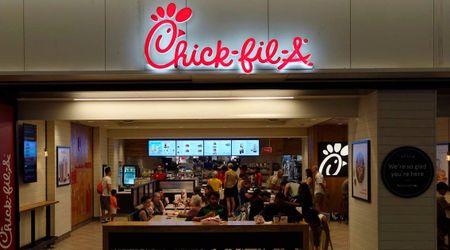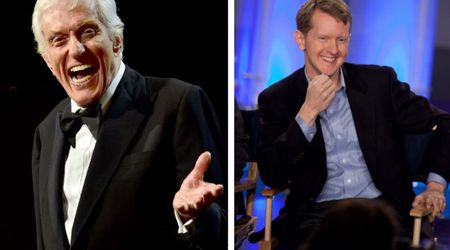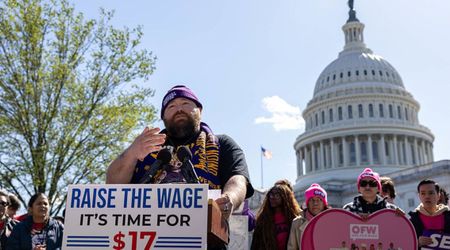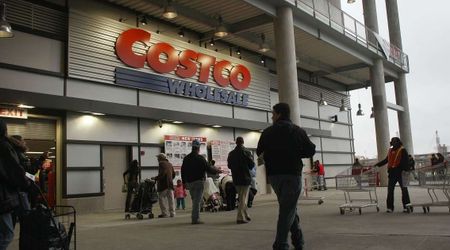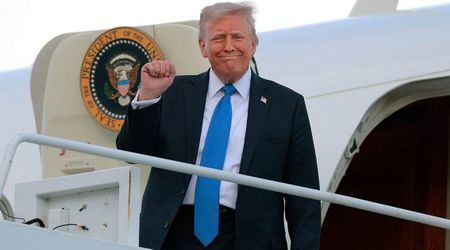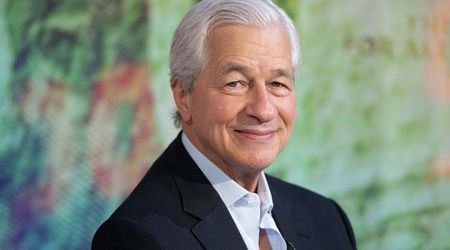10 Historic Labor Disputes In Hollywood That Shaped the Entertainment Industry

Biggest Hollywood Strikes in History

Strikes and labor disputes have played a significant role in shaping the entertainment industry. These strikes have been pivotal moments where writers, actors, directors, and other industry professionals have banded together to advocate for their rights, fair compensation, and improved working conditions. From the early days of animation to the evolving landscape of streaming platforms, these strikes have left an indelible mark on the world of entertainment. Here, we delve into ten of the most notable Hollywood strikes, each with its own unique story and impact on the industry.
1. The Disney Strike, (5 Weeks), 1941

In 1941, the Disney Strike emerged as a significant challenge at the Mouse Factory, where Disney artists, once loyal to Walt's leadership, became sympathetic to calls for unity. The strike, commencing on May 29, 1941, stemmed from disputes over long-awaited profit sharing from Snow White and other grievances. Notably, Walt Disney felt personally betrayed when his top animator, Art Babbitt, joined the Guild, leading to his termination. After five weeks of turmoil, a Federal mediator, backed by FDR, ruled in favor of the Guild, prompting Disney to sign a union agreement due to concerns about government contracts and bank loans.
2. East and West Coast Writers Guild (14 weeks), 1952

In 1952, a strike unfolded over 14 weeks, challenging the very notion of residuals in the entertainment industry. The Screen Writers Guild, which would later evolve into the dual entities of the East and West Coast Writers Guild of America in 1954, joined forces with the Authors League of America. Their united objective was to demand royalties (eventually termed residuals) and gain better control over their creative works. This strike was aimed at the Alliance of Television Film Producers and centered on securing residuals calculated as a percentage of the overall project earnings. Additionally, the writers sought to retain ownership rights in a changing landscape of reruns, remakes, and sequels. The resulting agreement granted writers unprecedented ownership over their stories and scripts. In some instances, it placed limits on studio ownership of writers' work, although renewals remained a factor. Most notably, this strike marked a historic moment by establishing residuals for television writers, albeit with a compromise on the percentage, which was set as a flat fee not adjusted for the project's success.
3. Screen Actors Guild Strike (50 Days), 1960

The Screen Actors Guild (SAG) strike of 1960 lasted for 50 days and resulted in a landmark agreement. Actors were demanding improved residuals and pension benefits. This strike led to significant changes in the industry as it established a precedent for fair compensation and secured better pensions for actors. It marked a pivotal moment in the fight for actors' rights and set the stage for future labor negotiations in Hollywood.
4. Directors Guild of America Strike (23 Days), 1981

In 1981, the Directors Guild of America (DGA) went on strike for 23 days, demanding a share of profits from foreign and cable television sales. The strike aimed to ensure that directors received a fair portion of the revenue generated by their work in international and cable markets. While relatively short, this strike underscored the importance of directors' rights and compensation in an evolving media landscape.
5. Writers Guild of America Strike (3 Years and 20 Days), 1985-1988

One of the longest strikes in Hollywood history, the Writers Guild of America (WGA) strike of 1985-1988 lasted for 3 years and 20 days. The strike was centered around the issue of compensation for TV reruns. Writers demanded a fair share of the profits generated by the repeated airing of their work. The lengthy strike had a profound impact on the industry, disrupting television schedules and reshaping labor negotiations. It ultimately led to changes in how writers were compensated for reruns, highlighting the enduring commitment of writers to their craft and livelihood.
6. Screen Actors Guild Commercial Strike (6 Months), 2000

The year 2000 witnessed a significant labor dispute in Hollywood as the Screen Actors Guild (SAG) initiated a commercial strike that endured for an extensive six months, spanning from May 1 to November 7. The core issues driving this strike were centered on the demands of actors for improved pay and working conditions in the realm of commercial work. Specifically, actors sought fair compensation for commercials broadcast on cable networks and in foreign markets. The strike had far-reaching consequences on the advertising industry, impacting the production of commercials and causing a noticeable reduction in ad spending during its duration. However, after six months of negotiations and labor action, a resolution was finally reached. The strike concluded with actors achieving improved compensation terms and successfully addressing their concerns regarding cable and foreign market broadcasts, marking a significant victory for the Screen Actors Guild.
7. Screen Actors Guild Strike Authorization (100 Days), 2007-2008

While a strike was averted in this case, actors voted to authorize a strike in protest of compensation issues. The Screen Actors Guild (SAG) sought fair compensation for its members in an industry rapidly changing due to digital distribution. The strike authorization vote demonstrated the guild's commitment to securing better terms for actors and protecting their rights. Although a strike did not occur, the authorization vote had a significant impact on negotiations and highlighted the importance of fair compensation in the digital age.
8. Writers Guild of America West, Video Game Strike (111 Days), 2011

In 2011, the Writers Guild of America West (WGAW) embarked on a significant strike that lasted for 111 days. The primary objective of this labor action was to advocate for enhanced compensation and improved working conditions for writers employed within the burgeoning video game industry. This strike was a pivotal moment for the field of video game writing as it ultimately resulted in significant advancements for video game writers. It played a vital role in raising awareness about the importance of quality storytelling in video games and the integral role that writers play in shaping these narratives. As a result of the strike, video game writers garnered increased recognition for their contributions and industry standards saw notable improvements. The 111-day strike marked a significant milestone in the ongoing evolution of the video game industry and the recognition of the vital creative talent behind these interactive experiences.
9. Video Game Voice Actors Strike (340 Days), 2016-2017

In 2016, voice actors in the video game industry embarked on one of the longest strikes in Hollywood history, lasting for 340 days. The strike aimed to address issues related to compensation, working conditions, and transparency in the gaming industry. Voice actors sought better pay, residual payments, and greater job security. The strike drew attention to the importance of voice talent in video games and led to increased awareness about the treatment of actors in the industry. It ultimately resulted in improved conditions for voice actors.
10. New Normal (May – present), 2023

In 2023, a strike unfolded, beginning in May and continuing into the present, with the future of TV writing in the streaming era hanging in the balance. This strike aimed to address pressing issues such as diminishing royalties, the looming threat of artificial intelligence encroaching on the domain of human writers, and the rapid removal of content from streaming platforms, occasionally leading to completed projects being shelved. The Writers Guild of America (WGA) initiated this strike to shape a "new normal" that would enable writers to sustain their livelihoods amidst these challenges. While many anticipated a coordinated strike with Hollywood directors and actors, the Directors Guild of America recently managed to reach a new agreement, avoiding a strike. However, SAG-AFTRA faced a deadline of June 30, 2023, to secure their deal before actors contemplated striking. As of the time of writing, the outcome of the Writers Guild of America's strike remains unresolved.








